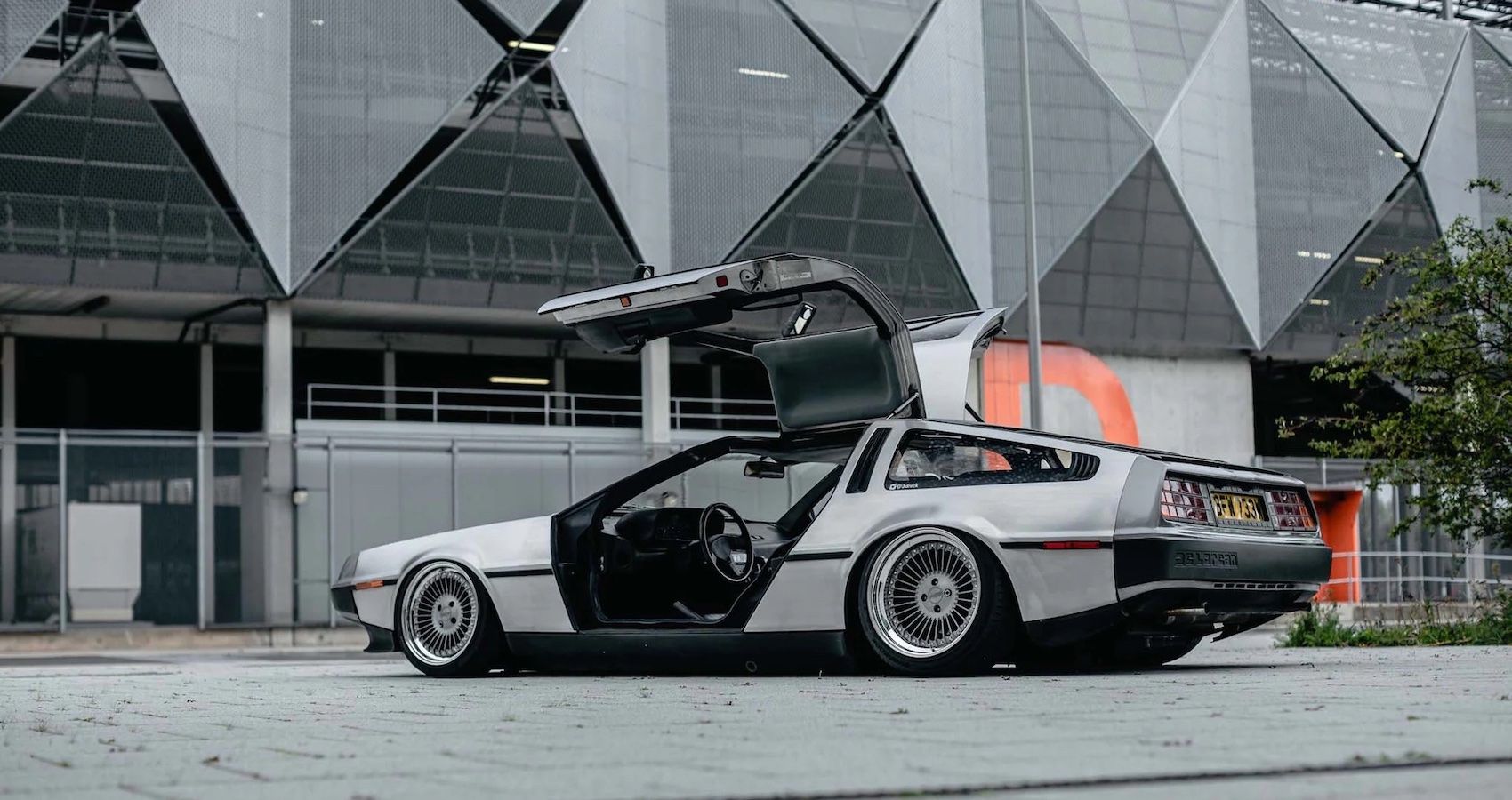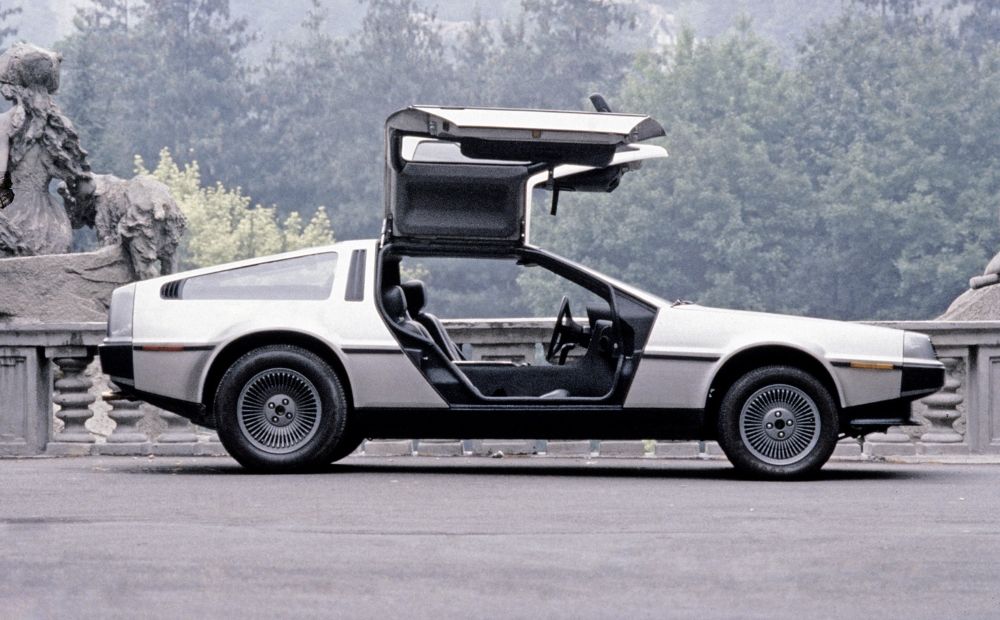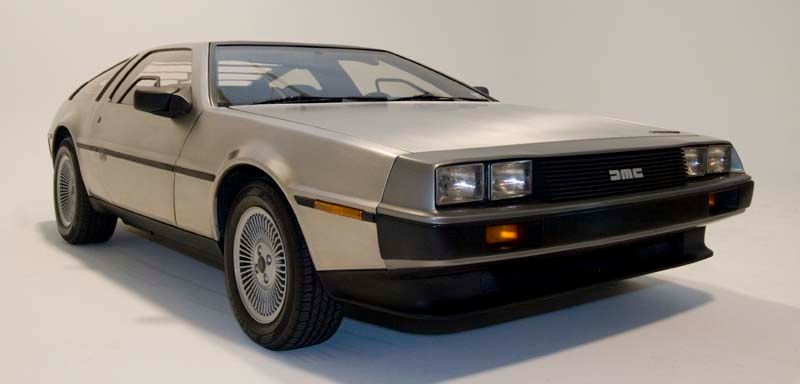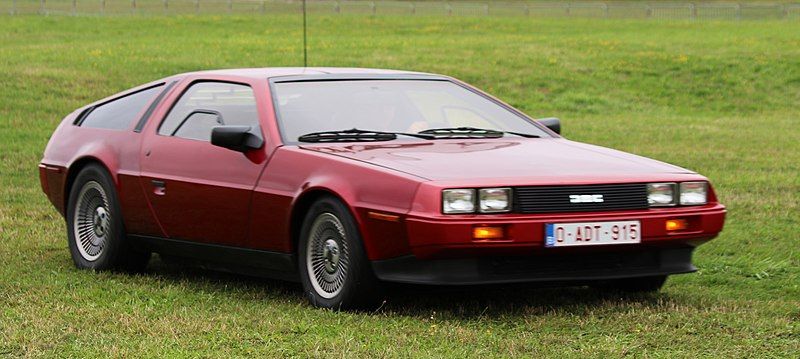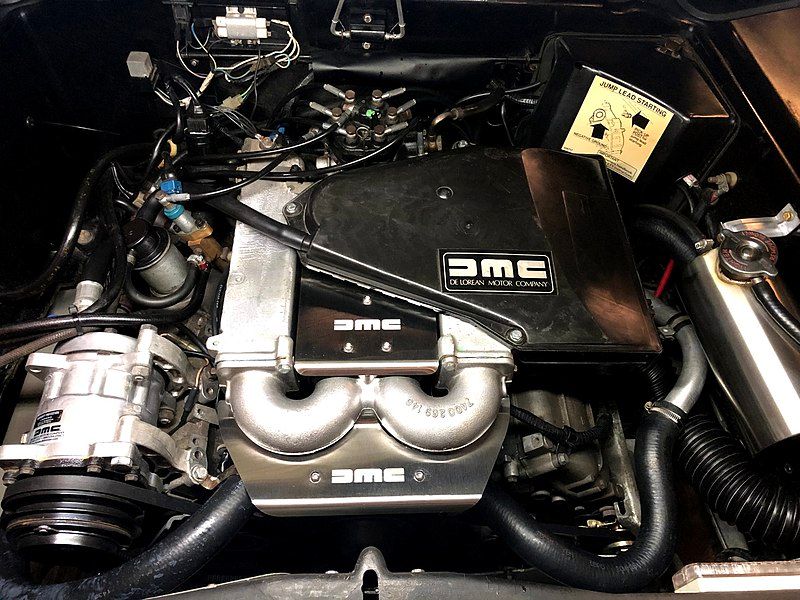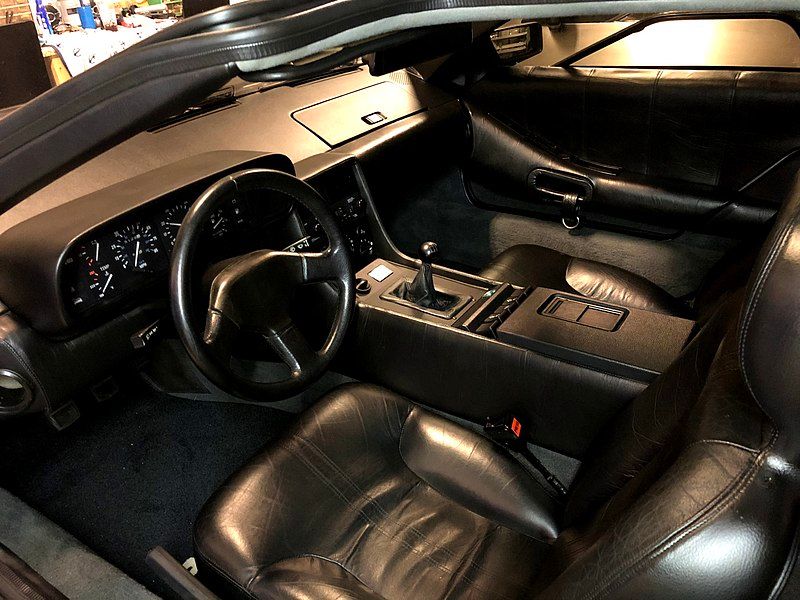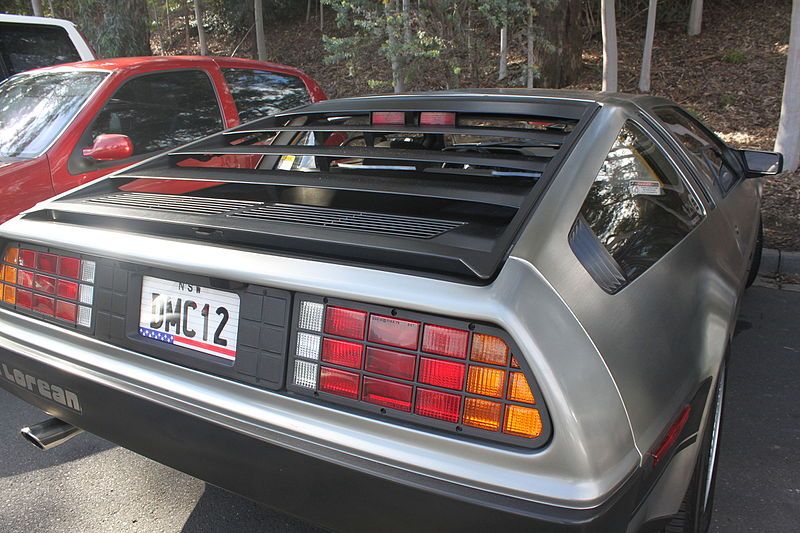DMC stands for DeLorean Motor Company, an American automobile manufacturing company founded in 1975 by famed automotive industrialist John DeLorean. DMC was known and remembered for its one and only automotive offering, the rear-engine 2-passenger sports car made entirely of stainless-steel body panels and featuring gull-wing doors. The car is sometimes referred to by its internal DMC pre-production designation, DMC-12.
Besides the stainless-steel sports car, which DMC produced and sold between 1981 and 1983, the marquee is equally remembered for its chaotic and short-lived existence that ended in receivership and bankruptcy in 1982.
Unsurprisingly, when an automotive executive is caught on tape agreeing to bankroll drug trafficking, not even a promising project with such a "shining future" (pun intended) like the DMC DeLorean sports car can come out untainted. That’s exactly what happened to DeLorean, although he avoided jail based on entrapment. However, the acquittal was not enough to save the fledgling automotive company from collapse due to other challenges it sadly failed to surmount.
The DeLorean’s Backstory And Highlight Features
When a journalist wrote that the DMC DeLorean should have been the commercial coup of the century, leading to massive worldwide sales, that wasn’t an exaggeration at all. The car had a long waiting list of eager customers who paid even more than its MSRP prior to its release, although the excitement soon evaporated, and DMC ended up with more DeLoreans than it could sell.
The car was the main star in the blockbusting Back to the Future 1985 to 1990 film franchise. That says a lot about DMC-12 and its heartbreaking tenuous existence, considering that Back to the Future was a critical and commercial success, earning $381.1 million to become the highest-grossing film of 1985 worldwide. The saddest part is that DMC had already gone belly up by the time the first movie was released.
The gull-wing doors are classic Italdesign’s Giorgetto Giugiaro design language. The doors were heavy, supported by Grumman Aerospace-developed cryogenically preset torsion bars and nitrogen-charged struts. They were ornamented with red and amber lights that illuminated their edges at night. They also featured small cutout windows since the door panels were too short to fit full-sized retractable windows. Giorgetto mirrored this design in his work with the 1970 Porsche Tapiro concept car.
The body was made of brushed SS304 austenitic stainless steel, with three DeLoreans leaving the factory plated in 24K gold. According to the DeLorean Museum, a limited edition of 100 units of the 24K gold-plated DeLoreans were offered at $85,000 each, although only two were sold through this promotion. Barring the gold-plated editions, the cars left the factory unpainted, but you can spot post-purchase painted DeLoreans.
The stainless-steel panels are fixed to a fiberglass underbody fixed to a steel double-Y frame chassis, inspired by the Lotus Esprit platform. The chassis was coated with epoxy to forestall corrosion. The brushed stainless-steel body paneling, though inarguably exceptional, was far from sustainable, since it's too rigid to allow for the standard crumple zones necessary to protect against front and rear-end collisions. At least small scratches could be fixed with a non-metallic scouring pad or sandpaper.
Moreover, the car didn’t have much to write home about in terms of performance and handling. It was powered by a PRV (Peugeot-Renault-Volvo)-sourced 2.85-liter (174 cu-in) single overhead camshaft V6 engine good for 130 horsepower at 5,500 rpm and 153 lb-ft of torque at 2,750 rpm. The engine was tied to a 5-speed manual or 3-speed automatic transmission with a final drive ratio of 3.44.1.
As stated in DMC's comparison literature, it took the car 8.8 seconds to achieve 60 mph from a static position, but other sources claim it’s even slower than that, pegging the acceleration at 9.5 seconds. Regardless, DeLorean is one of the most famous cars in the world despite the poor build quality and performance. It is estimated that 6,500 DeLoreans were still on the road as of 2015.
The first production DeLorean completed in January 1981 was long in coming. It underwent prototype stages 1 and 2 from the first announcement in the mid-1970s. Excitement was high during the production stages, though. There were talks of numerous advanced features the car would have, such as elastic reservoir molding (ERM), a unit construction plastic chassis, a mid-engine layout, an airbag, 10-mph bumpers, and ultra-wide Pirelli P7 tires.
As it turned out, they were just rumors. Some were considered in the development stages, but none of the above features made it to the production DeLorean.
The final edition had a revised hood, wheels, and interior. By the time it was over, the marque had produced a total of 9,000 DeLoreans, which in DMC's case was bad for business. Very bad. No matter how you look at it, it's always better for demand to exceed supply than otherwise.
Why The DMC DeLorean Project Failed
Admittedly, getting caught conspiring with drug traffickers is bad for business, but not bad enough to sink a ship as promising as the ingenious DMC-12. While several factors contributed to DeLorean’s failure, money is essentially the culprit.
Though an American company, DeLorean’s assembly plant was in the southwestern city of Lisburn, Belfast, Northern Ireland. The initial plan was to sign with Puerto Rico, but DMC eventually settled for a better offer by a British government desperate to stimulate Northern Ireland's faltering economy and help arrest rising sectarian tensions. That wasn't a very smart move for DMC as the workforce there was inexperienced, and the products suffered from quality-control issues.
Additionally, DeLorean looked cool enough for everyone to want one, but it was comparatively underpowered and overpriced. The stainless-steel body may have been extraordinary, but it was hard to paint, and the variety-conscious American customers weren’t too keen on the uber-identical DeLoreans rolling out the factory. Every little fingerprint showed on the stainless-steel exterior.
The ensuing recession and rising interest rates in America didn’t help DeLorean’s fate either. Expectedly, demand for the car dwindled almost as quickly, and the British government wouldn’t bail the company without matching funds. It was at this point that John Zachary DeLorean considered saving his company through drug trafficking. With the marque failing to attract investors, the company went toast in 1982, and so did DeLorean’s future. When asked if he planned to return to the car industry, DeLorean famously quipped, “Would you buy a used car from me?”

